What you need to know about Port of Manaus
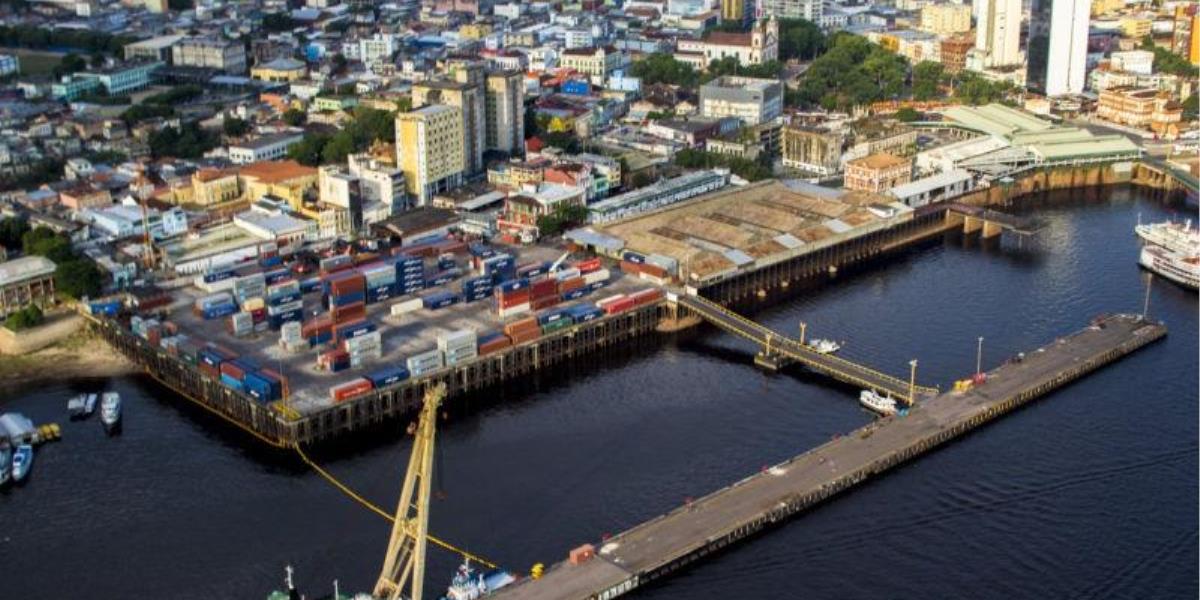
Did you know that the Port of Manaus is one of the main riverports in our country? And that it is located in an estuary, place where the river meets the sea?
That's right, there are many interesting facts involving this important exponent for the northern region and for the whole of Brazil, as it is a relevant point of arrival and departure of goods in the country.
However, its importance goes beyond! We are talking about a Port that had its tourism structure recently renovated and already receives transatlantic ships with tourists from different parts of the world.
Let's get to know more about it?
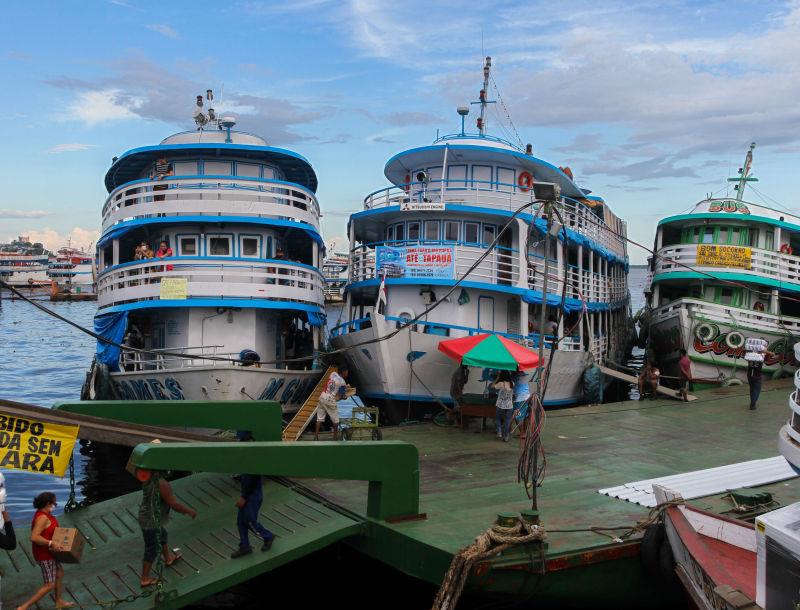
Port of Manaus and its geographical location
The Port of Manaus is located between São Vicente beach and the ramp of the Adolpho Lisboa Municipal Market, which provides easy access to the customs office, warehouses, and containers ramp.
Located on the left bank of Rio Negro, on the perimeter of Manaus, capital of Amazonas, it is 13km from the mouth of Rio Solimões.
Considered an important port for the northern region of the country, as it covers almost the entire state of Amazonas (exceptionally some places at higher altitudes), in addition to serving the states of Roraima and Rondônia, it is the main gateway for products destined to the Manaus Industrial Zone, as well as the main export channel for the region's products.
As property of the state government of Amazonas, the port is managed by the Superintendência de Navegação, Portos e Hidrovias (SNPH), through a delegation from the state government.
Road access to the port is made through the state road AM-010, which links Manaus to Itacoatiara, and the federal highways BR-174 and BR-319, which link the port to the states of Roraima and Rondônia, respectively.
As we have seen, it can be accessed through river modal by the Rio Negro, an affluent of the left bank of Amazon River.
Thus, Rio Negro and Rio Amazonas also allow maritime access, with 15km between the mouth of the river and the port, in a stretch 500 meters wide and 35 meters deep.
History of the Port of Manaus
The port began operating at the end of the 19th century, when rubber extraction boosted the flow of trade and encouraged the improvement of infrastructure and technology, as well as guaranteed profits for the state.
Because of that, in 1899, the Federal Government published a public notice that would make it possible to reform the operating part and build new areas at the site.
The winning company, however, was not able to bear the responsibility and the works only began effectively on October 7, 1902, when the contracts were transferred to the English company “Manaos Harbor Limited”.
It can be said then that the construction works were synonymous of a modernity movement for the society of the time.
This is because it made possible, along with the great demand for rubber, the structuring of a large trade in Manaus with positive balances of economic activities in the region.
Likewise, in addition to rubber, vessels with nuts, wood, and other products were exported.
The Port of Manaus became a major tourist attraction at the beginning of the 20th century, when it received large luxury ships.
In this way, more than a point of commercial activities, the structure also made a cultural connection between the whole world and Manaus, which became a reference city for social, political, economic, and cultural evolution in Brazil.
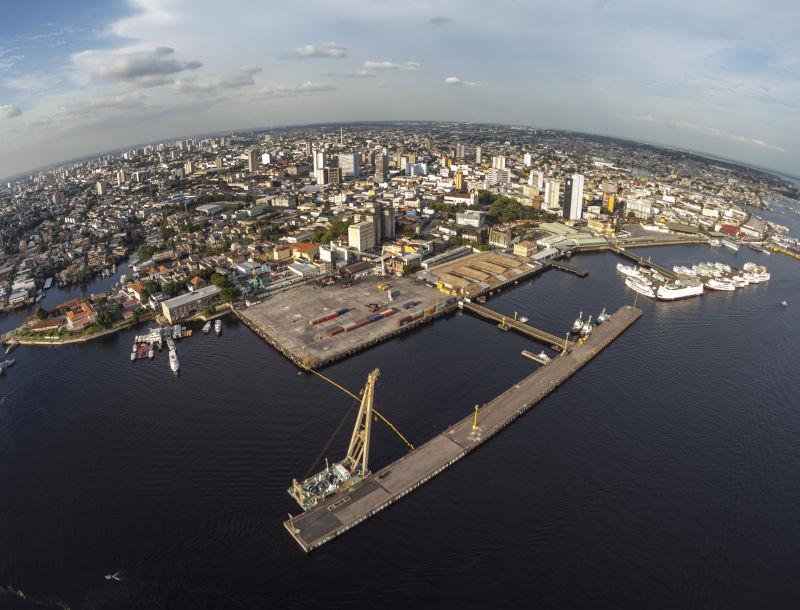
Port of Manaus logistical information
Its total area sums 94,323m², and counts with a floating dock with two distinct parts of more than 250m, with 5 berths each, their depths vary between 25 and 45 meters. The two parts comprehend:
- One T-shaped, which operates cabotage ships.
- A pier that connects the flowing ferries to a 20m wide mobile bridge and a pedestrian bridge on its side.
On the external sides, the berths allow the mooring of long-haul ships, while the internal ones are used for river vessels.
The port also has two fixed piers, one measuring 289m and the other 293m. However, they can only be operated at certain times of the year in flooding seasons.
For storage of goods, the port offers nine general cargo warehouses, totaling 16,232m².
Furthermore, it has two yards: one for containers measuring 21,406m², and another known as Paredão, with 18,747m².
Cargo handling at the Port of Manaus
This year, between January and July, the port of Manaus has only handled a bit over 2 million tons of cargo. Out of these, 1.6 million arrived, while 443 thousand were shipped out.
These numbers show a drop of 48.11% compared to the volume registered in the same period in 2020.
As for products, the largest share (97.2%) was related to the category “mineral fuels, mineral oils and its distillation products, bituminous materials and mineral waxes”, equivalent to 2 million tons (ANTAQ).
Port of Manaus announces the rescue of its Museum, closed for 20 years
Manaus owns a so-called Museu do Porto, that was launched in the 1980s and bears a valuable collection of the history of the port complex.
It was installed on the site where the engine room of Manaos Harbor Limited was located, in the early years of the port, a building that was constructed to house the electrical energy used for the next six decades.
The collection of more than 300 pieces, including an old locomotive, brings together photographs, office furniture, minutes of meetings, fiscal books, plans, budget reports, and construction schedules for the entire infrastructure, from buildings to bridges.
Currently, the old engine room is a historic building protected by the Brazil's National Heritage Institute (IPHAN, Instituto Nacional de Patrimônio Histórico e Artístico).
Closed for more than 20 years, in the coming months it will be renovated and requalified through the “Nosso Centro” project, which seeks to make connections between the past and the future.
The project is part of “Mais Manaus”, the city's economic and social growth program that will invest around R$1.2 billion over the next few years.
The idea is to implement projects that promote a strong and modern dialogue between populations, counting on the Museu do Porto. In addition, it will adopt a didactic policy so that it can function as a study center.
According to the professor, journalist, and historian Etelvina Garcia, the objective is to use the space “for an interactive area, where people understand that everything that happened in Manaus was born together with the port”.
Visitors will have the opportunity to travel back in time to see the implementation of commercial navigation, the richness of rubber and the transformations that took place in Manaus (Portal Amazônia).
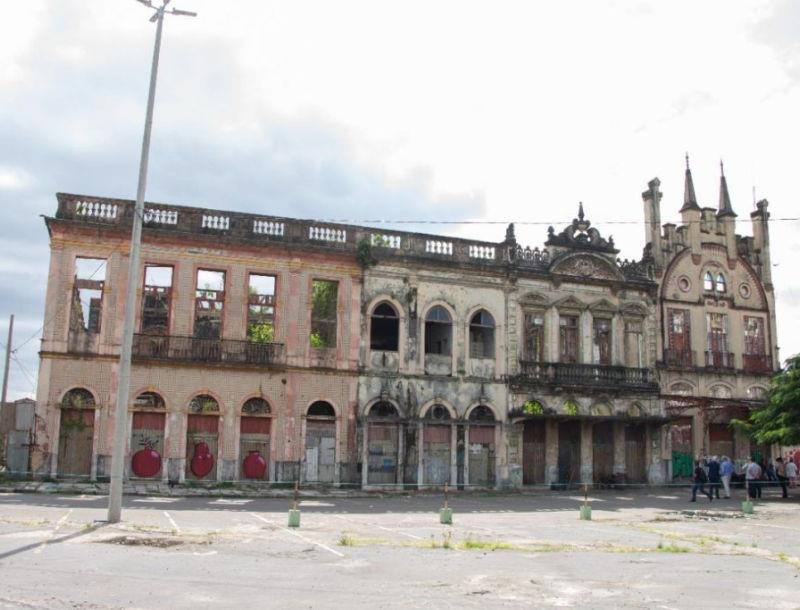
Conclusion
So what? Did you already know the Port of Manaus and its importance for the region where it is located and for our country?
Did you know that in addition to promoting Foreign Trade, it is a great promoter of local culture and history? Interesting, isn't it?
Which of the points we covered the most caught your attention? Would you like to add something? Share your impressions with us, let's continue this talk in the comments!
Veja Também
 CONEXO’s 32nd Anniversary brings news of major changes
CONEXO’s 32nd Anniversary brings news of major changes
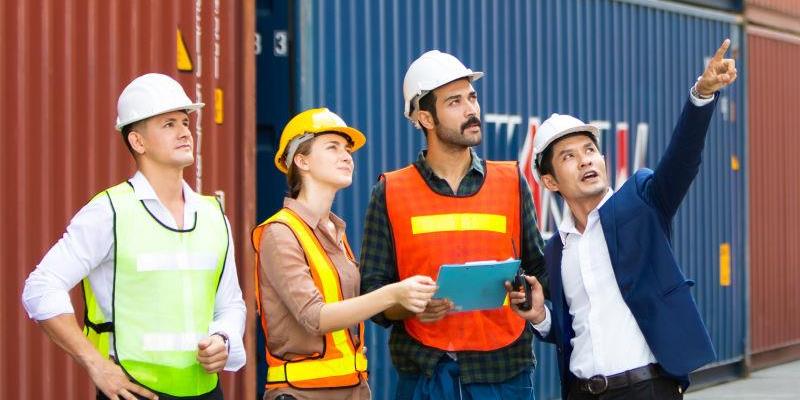 AEO Certificate: What is it, its importance, and its benefits
AEO Certificate: What is it, its importance, and its benefits
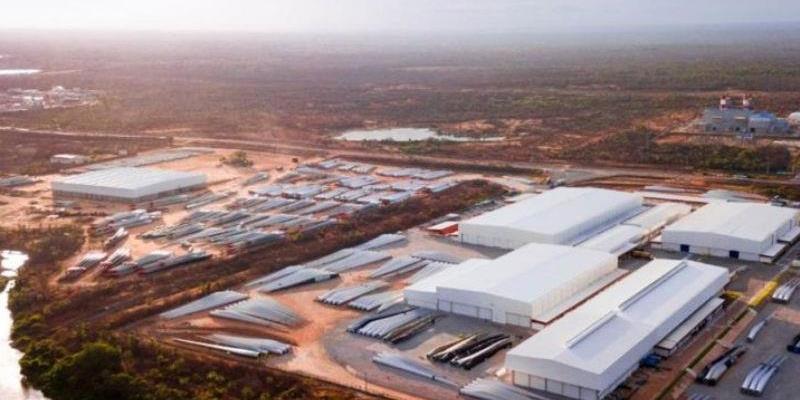 What you need to know about the Port of Pecém
What you need to know about the Port of Pecém
 Conexo has been awarded AEO Accreditation
Conexo has been awarded AEO Accreditation
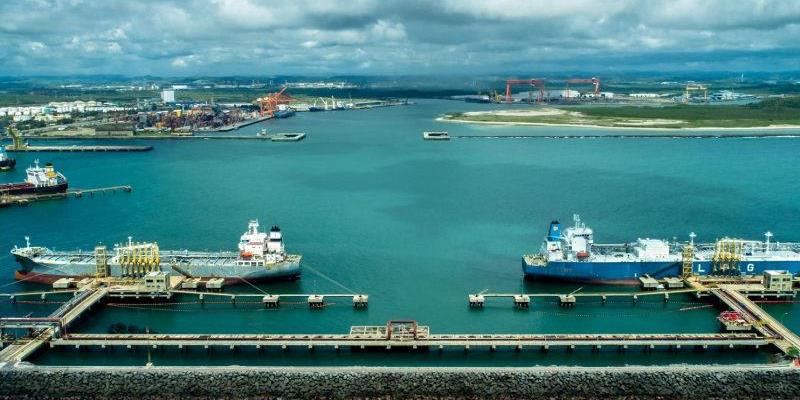 What you need to know about the Port of Suape
What you need to know about the Port of Suape
 What you need to know about Viracopos Airport
What you need to know about Viracopos Airport
